A TPMS tire sensor is a device that monitors the air pressure inside your tires and alerts you when pressure drops to unsafe levels. By providing real-time tire pressure data, a TPMS tire sensor helps prevent accidents, improves fuel efficiency, and extends tire life. TST EBike recognizes the value of TPMS tire sensor technology for both vehicles and modern electric bikes, ensuring safety and performance for all riders.
How Does a TPMS Tire Sensor Work?
A TPMS tire sensor works by continuously measuring tire pressure and, in some systems, temperature. There are two main types: direct and indirect. Direct TPMS tire sensors use hardware inside each tire to transmit precise pressure readings to your dashboard or display. Indirect systems rely on wheel speed data to estimate pressure loss. When a tire’s pressure falls below a safe threshold, the TPMS tire sensor triggers a warning light or alert.
Chart: Types of TPMS Tire Sensor Systems
| TPMS Type | How It Works | Pros | Cons |
|---|---|---|---|
| Direct | Sensor in each tire measures pressure | Accurate, real-time data | Higher cost, battery life |
| Indirect | Uses wheel speed data | Lower cost, less maintenance | Less precise, needs reset |
What Are the Benefits of Using a TPMS Tire Sensor?
TPMS tire sensors improve safety by detecting underinflated tires early, reducing blowout risks. They also enhance fuel efficiency, tire longevity, and vehicle handling by maintaining proper air pressure. Real-time alerts support preventive maintenance and cost savings.
A TPMS tire sensor offers several key benefits:
- Prevents accidents by warning drivers of under-inflated tires
- Improves fuel efficiency by maintaining optimal tire pressure
- Reduces tire wear and extends tire lifespan
- Saves time by eliminating manual pressure checks
- Enhances safety for all road users, including e-bike riders
Why Did TPMS Tire Sensors Become Standard in Modern Vehicles?
TPMS tire sensors became standard due to safety concerns and government mandates. The U.S. TREAD Act required TPMS in new cars after a surge in accidents caused by under-inflated tires. Now, TPMS tire sensor technology is mandatory in many countries and is increasingly found in electric bikes and commercial vehicles, reflecting its critical role in modern transportation safety.
How Do Direct and Indirect TPMS Tire Sensors Differ?
Direct TPMS tire sensors use a pressure sensor inside each tire to provide accurate, real-time readings. These sensors may also measure temperature and send data wirelessly to the vehicle’s control unit. Indirect TPMS tire sensors estimate pressure loss by analyzing wheel speed and rotation. Direct systems are more precise, while indirect systems are less expensive and easier to maintain.
What Are the Limitations of TPMS Tire Sensors?
TPMS tire sensors can be affected by sensor battery life, signal interference, or calibration errors. They may not detect gradual leaks or overinflation. Replacement costs and sensor compatibility issues can also pose challenges during upgrades or repairs.
While TPMS tire sensors are highly effective, they have some limitations:
- Direct TPMS sensors require battery replacement, often involving tire removal
- Indirect TPMS systems may be less accurate and need resetting after tire changes
- Proprietary systems can complicate sensor replacement or service
- Sensors are susceptible to damage during tire mounting or demounting
How Do TPMS Tire Sensors Enhance the Performance of TST EBike Models?
TST EBike models benefit from TPMS tire sensor integration by ensuring optimal tire pressure for electric bikes, which is crucial for safety, range, and ride comfort. Whether you’re riding a TST 26-inch for rugged terrain or a 27-inch for daily commuting, TPMS tire sensors keep you informed and protected, minimizing the risk of flats and maximizing efficiency.
Chart: TPMS Tire Sensor Benefits for TST EBike Models
| Model Type | Terrain | TPMS Advantage |
|---|---|---|
| TST 26-inch | Snow, sand | Prevents under-inflation |
| TST 27-inch | Urban, mountain | Improves efficiency |
What Should You Consider When Replacing or Upgrading a TPMS Tire Sensor?
When replacing or upgrading a TPMS tire sensor, ensure compatibility with your vehicle or e-bike’s make and model. Choose sensors from reputable brands for reliability and accuracy. Professional installation may be required for programming and pairing. For TST EBike users, select sensors designed for electric bikes to ensure seamless integration and performance.
Buying Tips
When purchasing a TPMS tire sensor, prioritize compatibility, battery life, and ease of installation. Opt for direct TPMS tire sensors for the most accurate readings, especially for high-performance vehicles or e-bikes. Choose reputable brands and consider aftermarket options if your original sensors are outdated or unavailable. For TST EBike riders, select sensors that support your wheel size and riding style, ensuring optimal safety and efficiency.
TST EBike Expert Views
“At TST EBike, we believe TPMS tire sensor technology is a vital safety feature for all riders. By integrating TPMS tire sensors into our electric bikes, we empower users to maintain optimal tire pressure, reduce accident risk, and enjoy a smoother, more efficient ride. Our commitment to quality and innovation ensures every TST EBike is equipped for the demands of modern transportation.” – TST EBike Technical Team
FAQ
Q: What does a TPMS tire sensor do?
A: It monitors tire pressure in real time and alerts you to under-inflation, enhancing safety and efficiency.
Q: How long do TPMS tire sensors last?
A: Most direct TPMS tire sensors last 5–10 years, depending on battery life and usage.
Q: Can I install a TPMS tire sensor on my electric bike?
A: Yes, many aftermarket TPMS tire sensors are designed for e-bikes and can be installed for added safety.
Q: What’s the difference between direct and indirect TPMS tire sensors?
A: Direct sensors measure pressure inside each tire, while indirect systems estimate pressure using wheel speed data.
Q: Why should I use a TPMS tire sensor on my TST EBike?
A: TPMS tire sensors ensure your tires are always at optimal pressure, improving safety, performance, and longevity.
A TPMS tire sensor is an essential tool for modern vehicles and electric bikes, providing real-time pressure monitoring, accident prevention, and peace of mind for every journey.

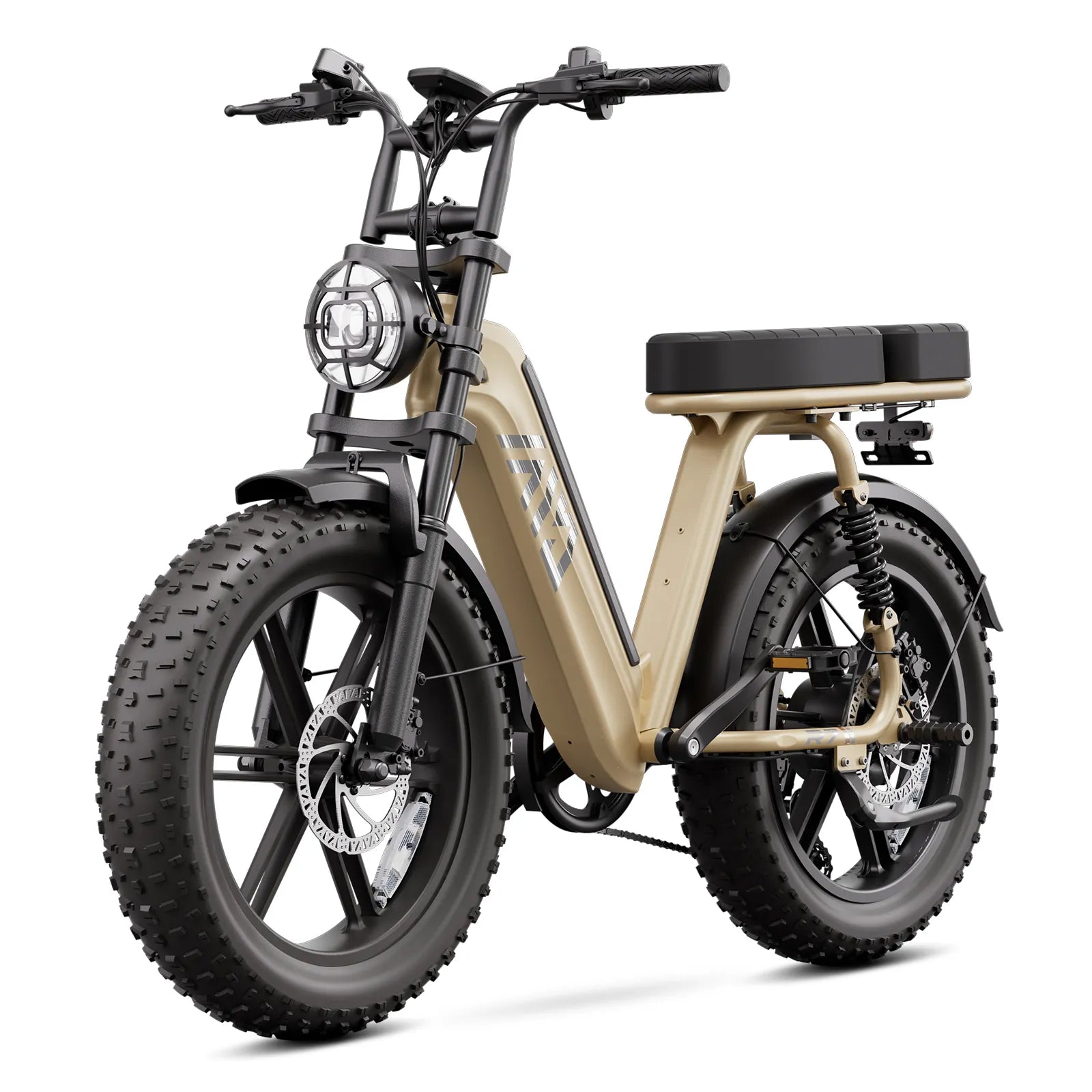
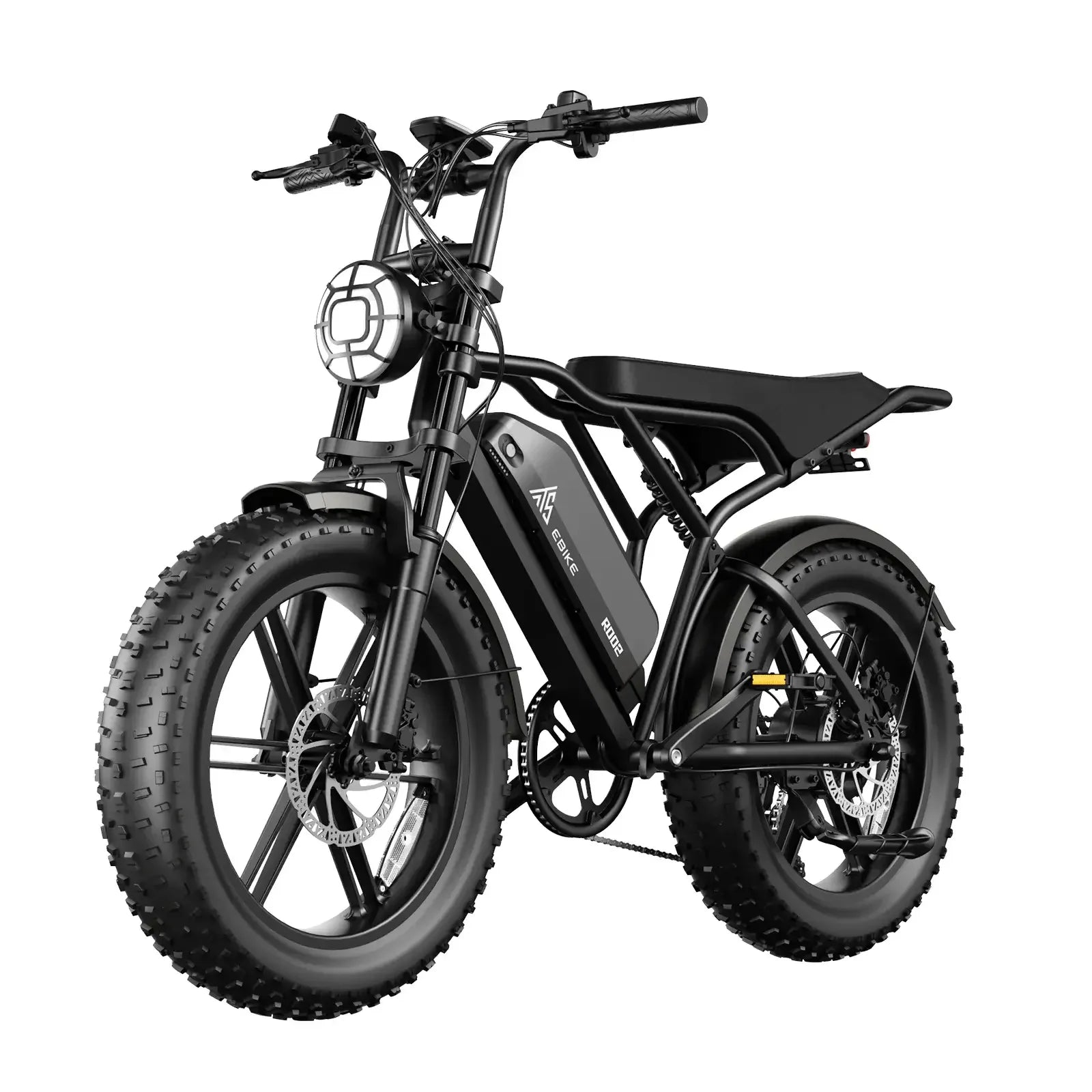
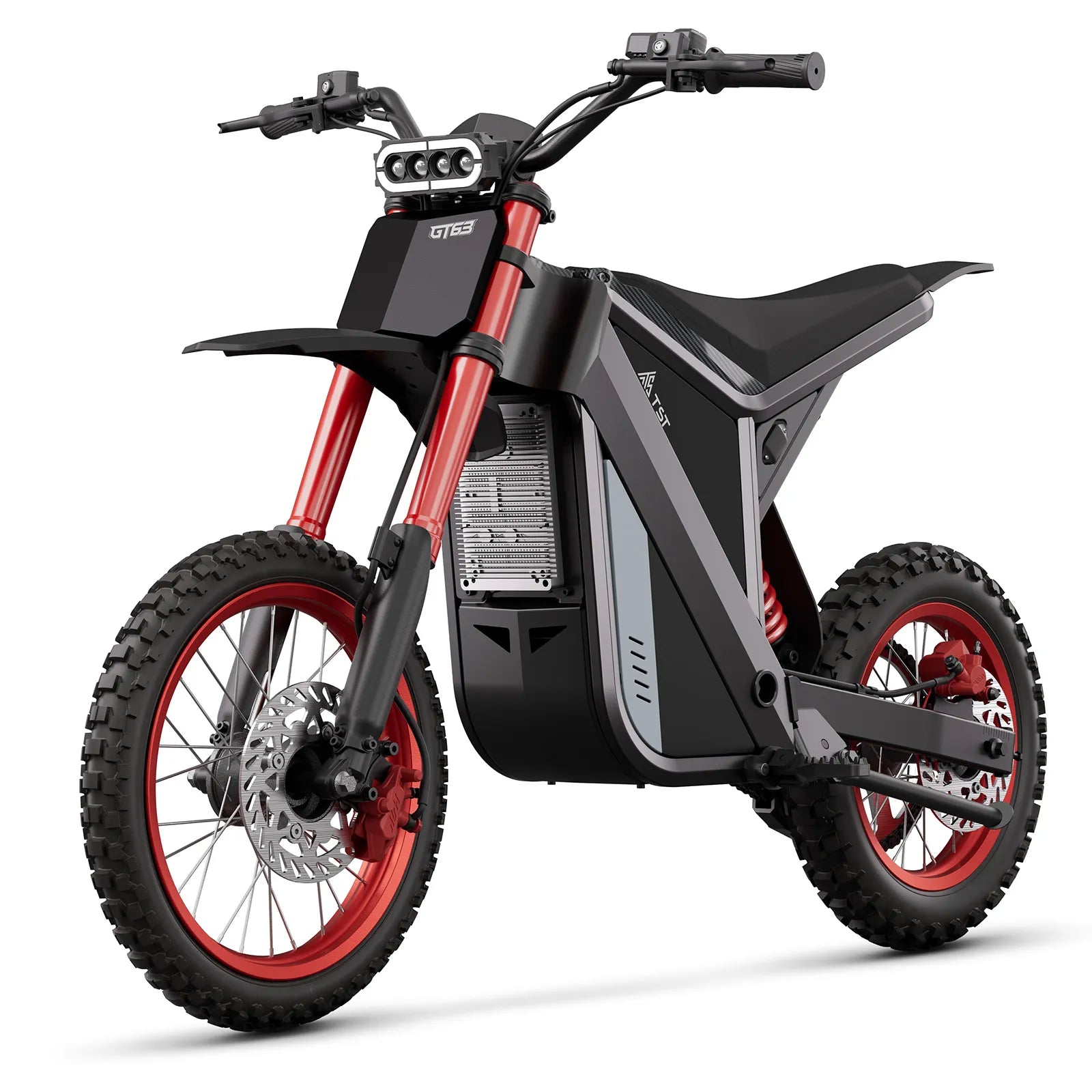
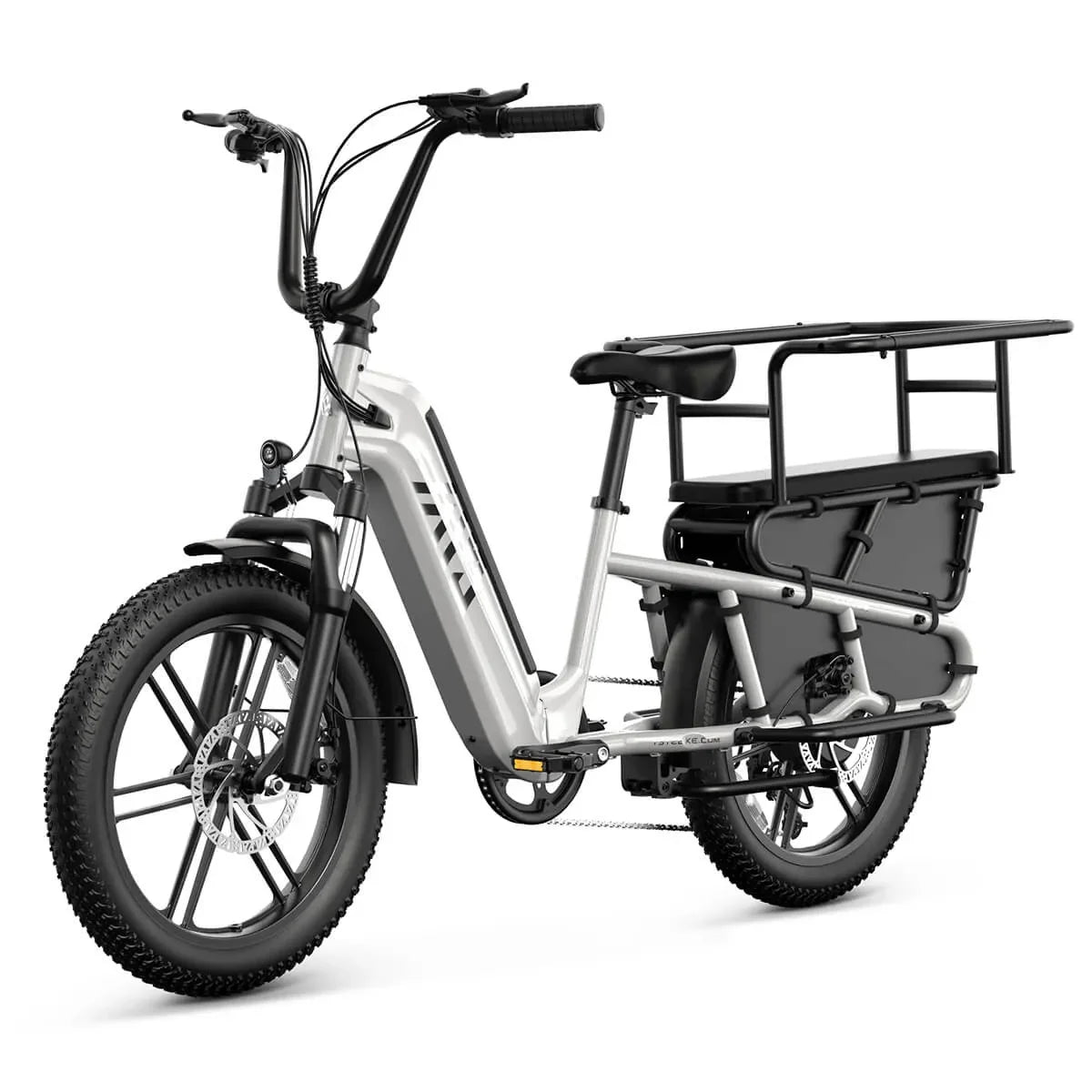
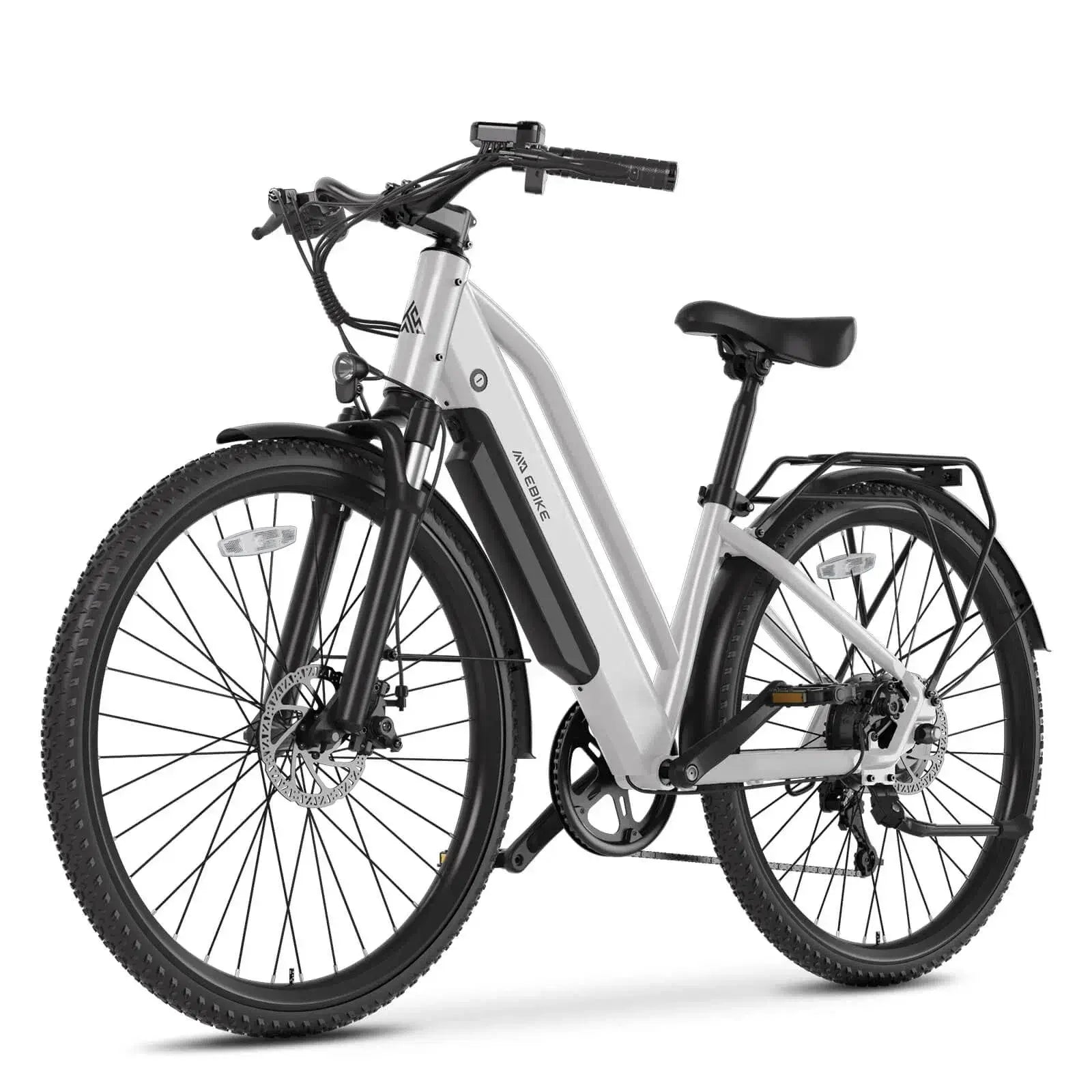
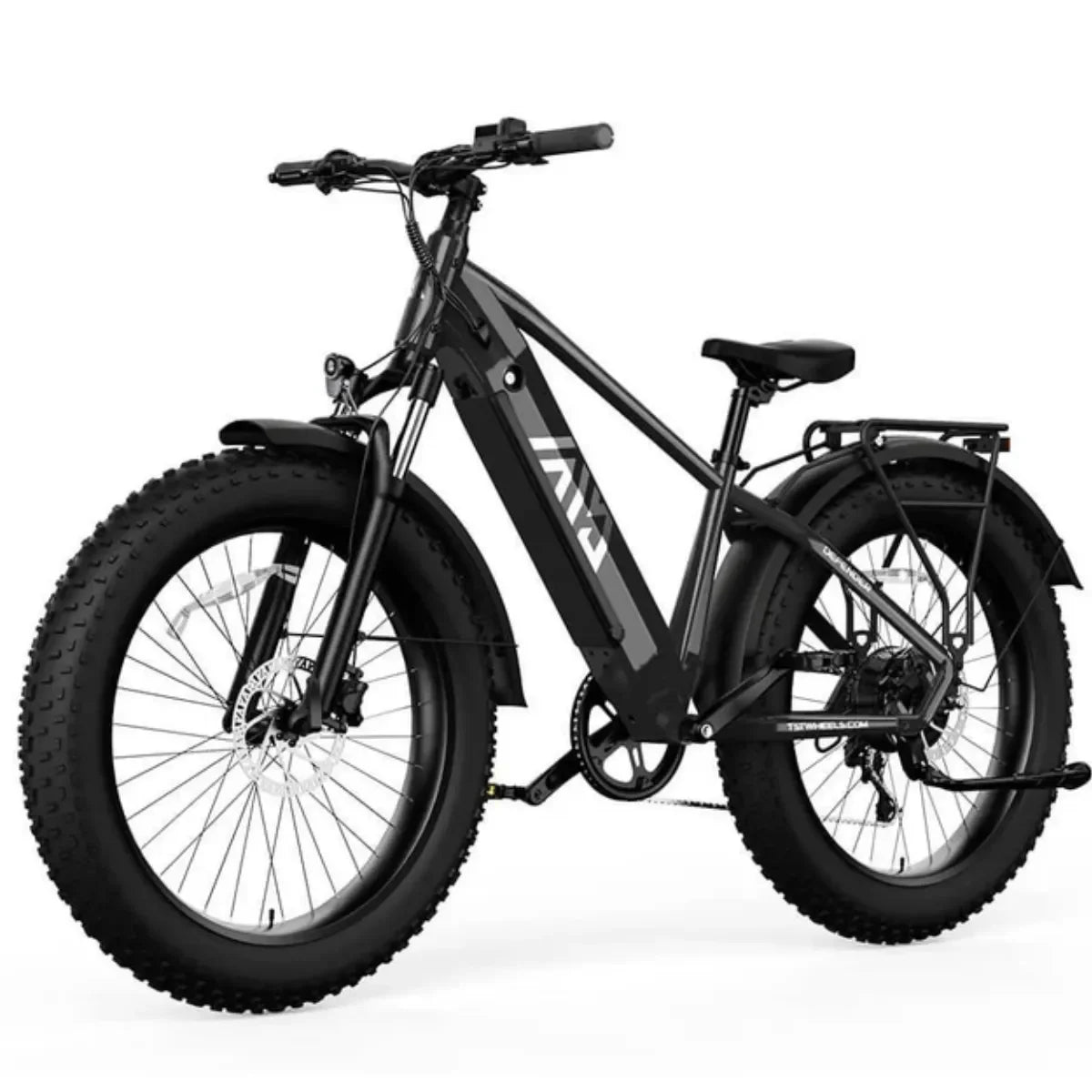
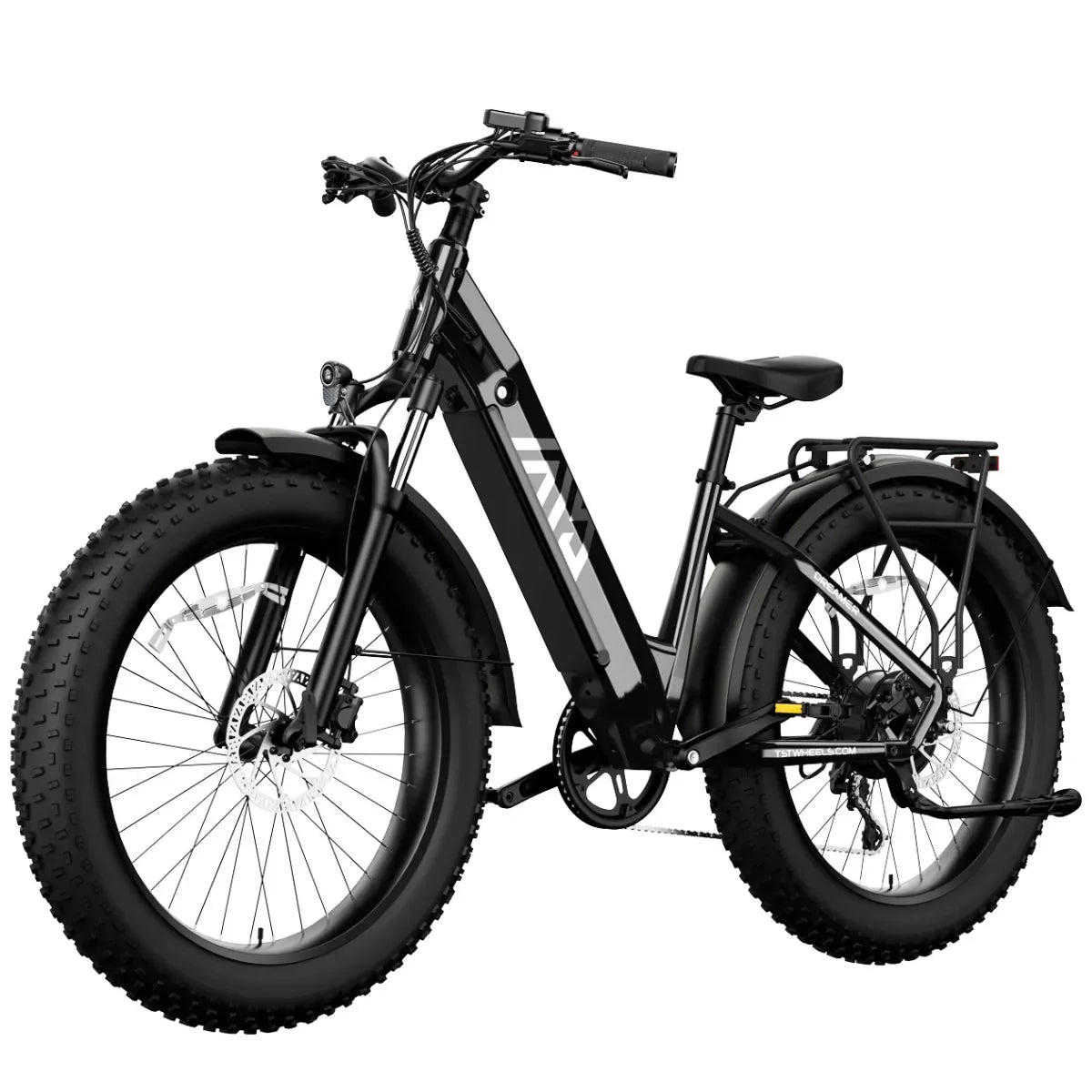

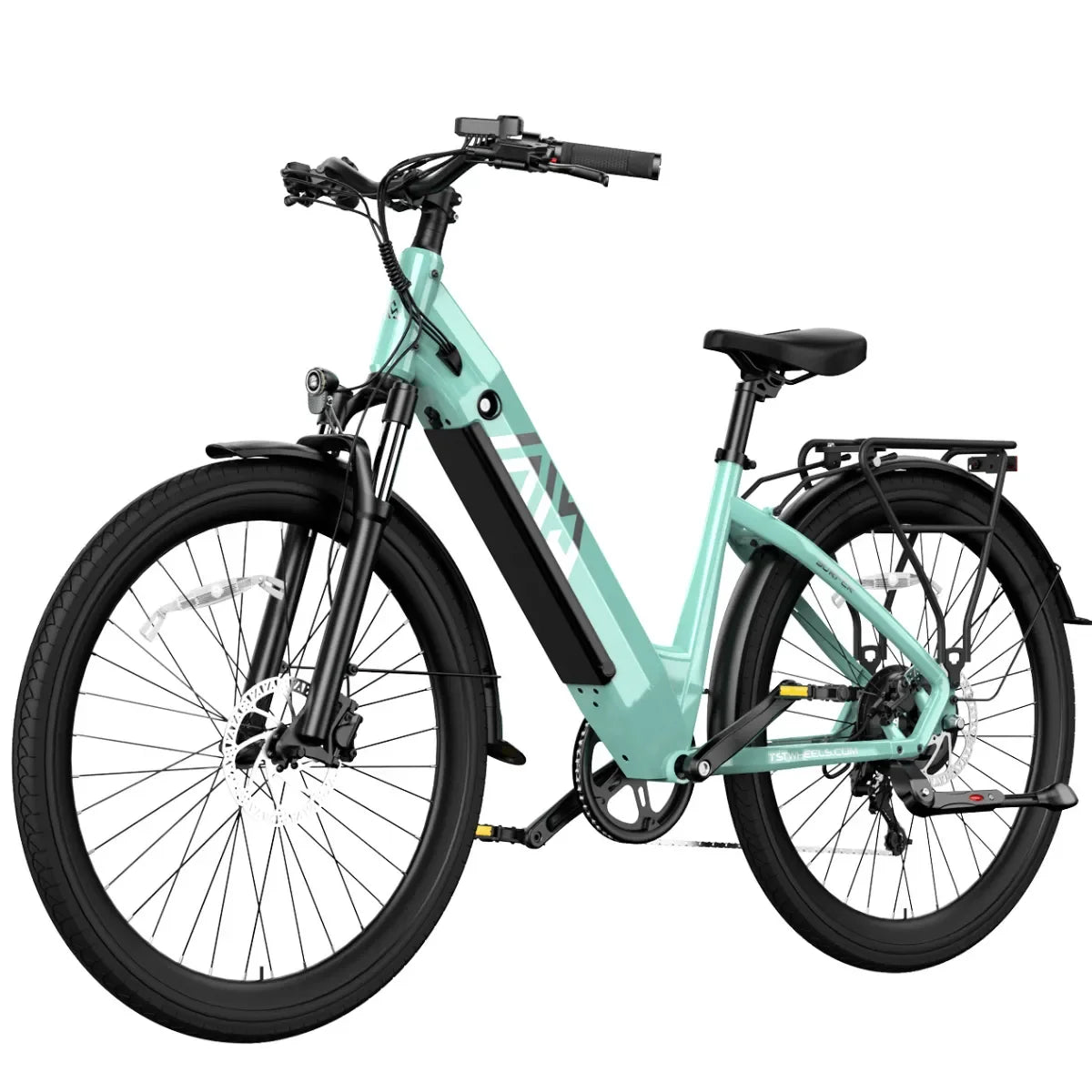
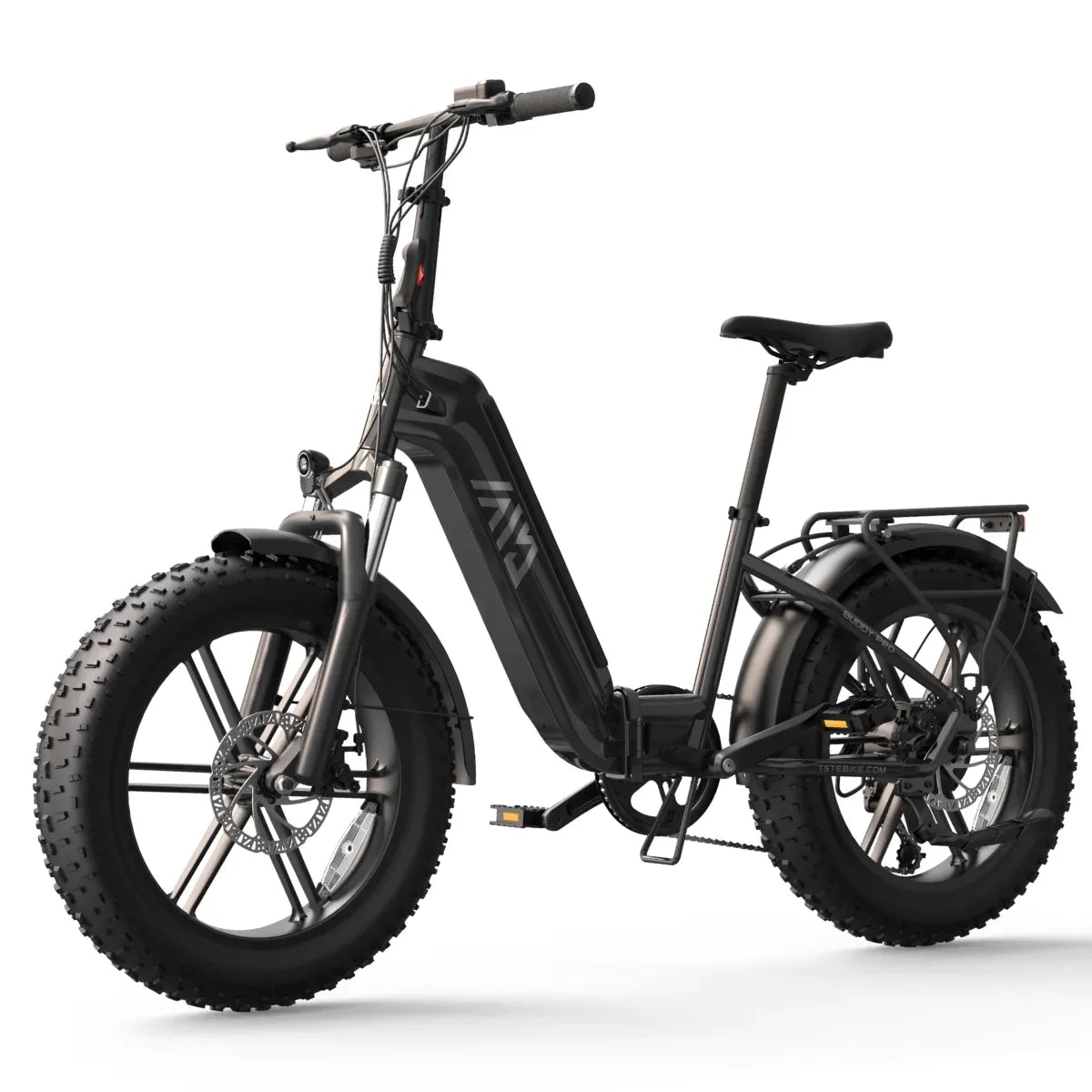
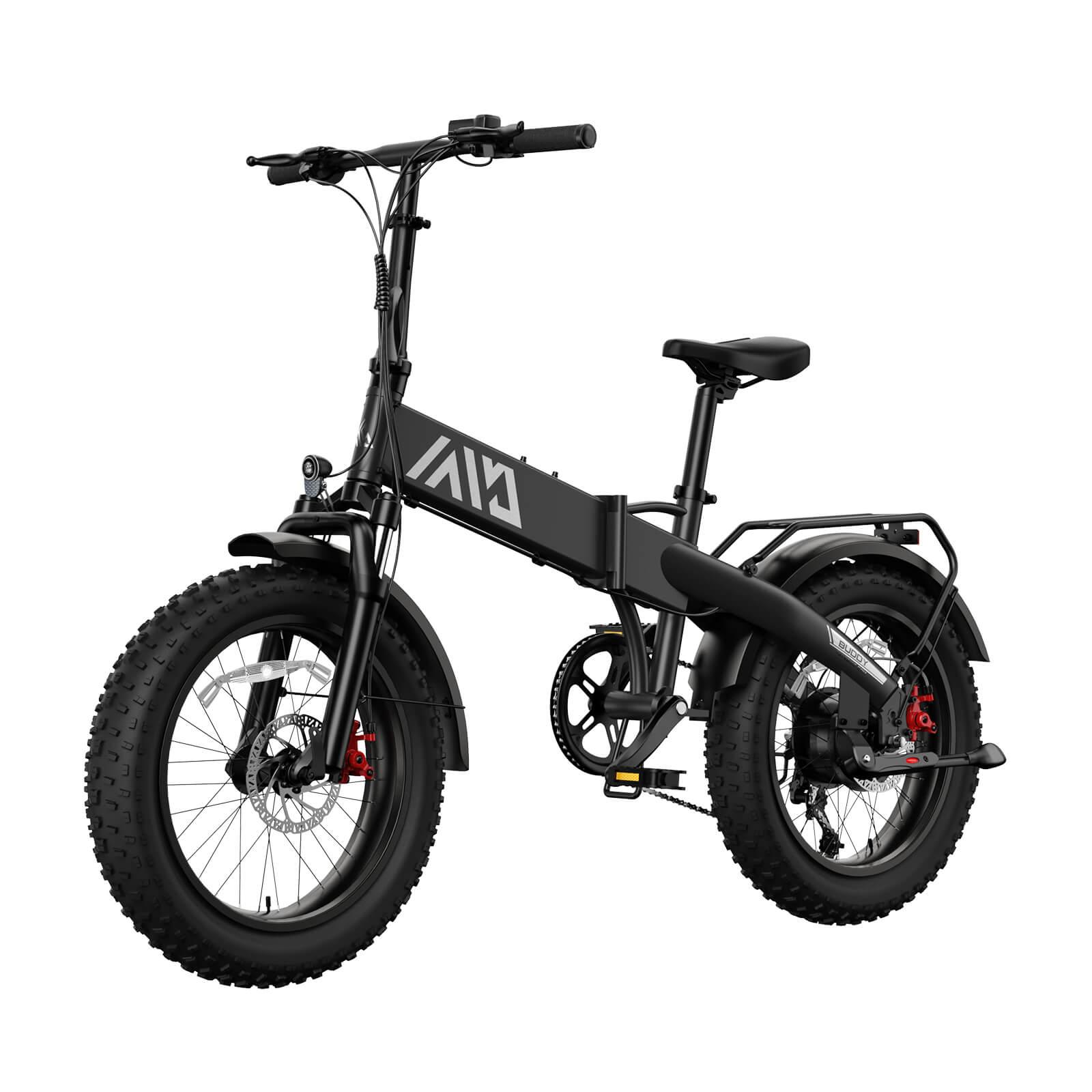


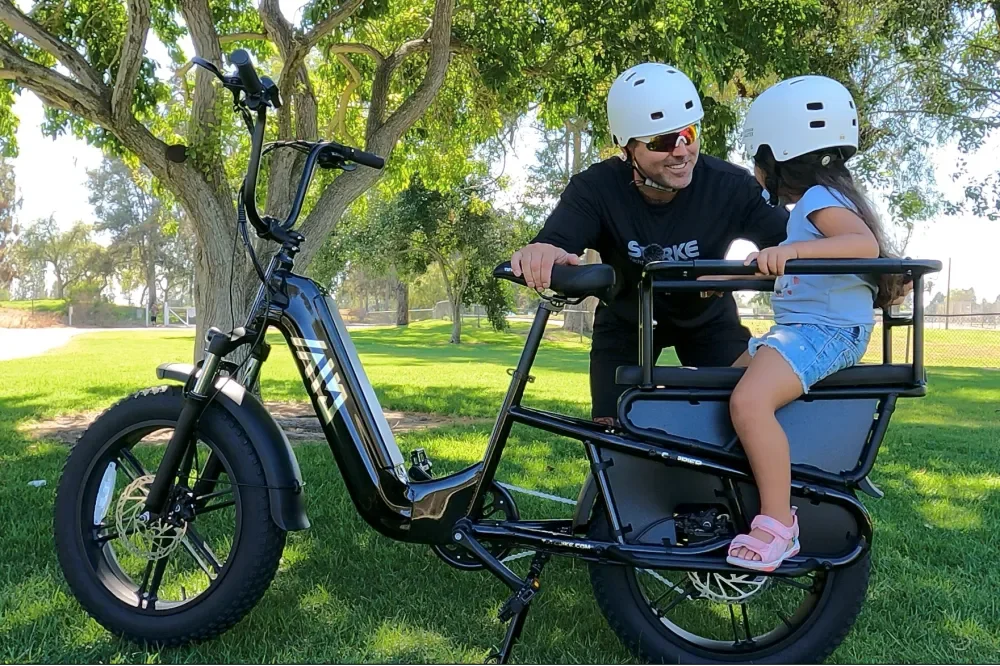


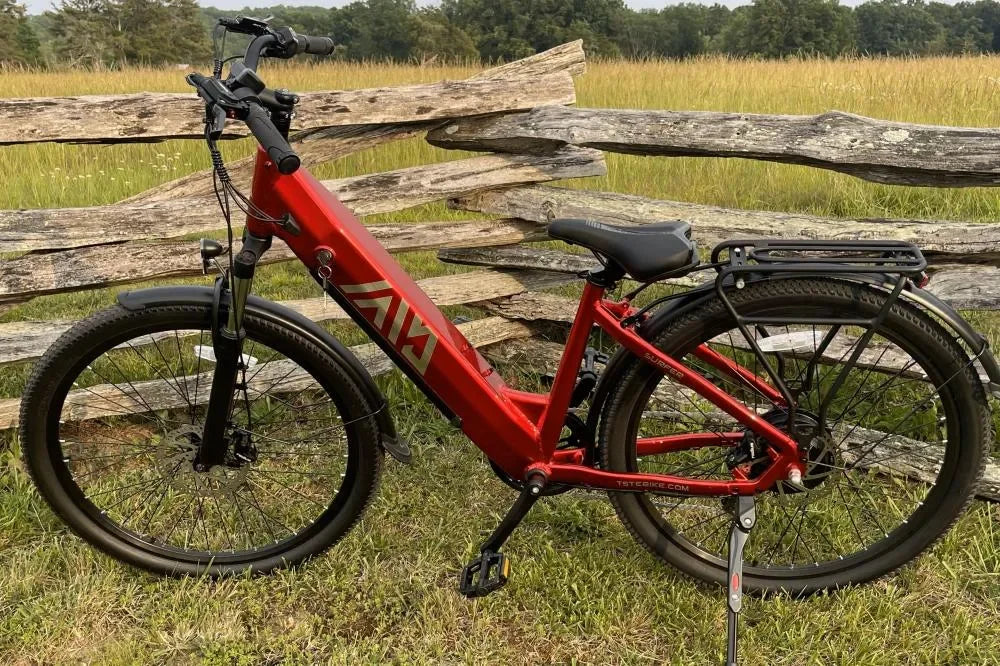
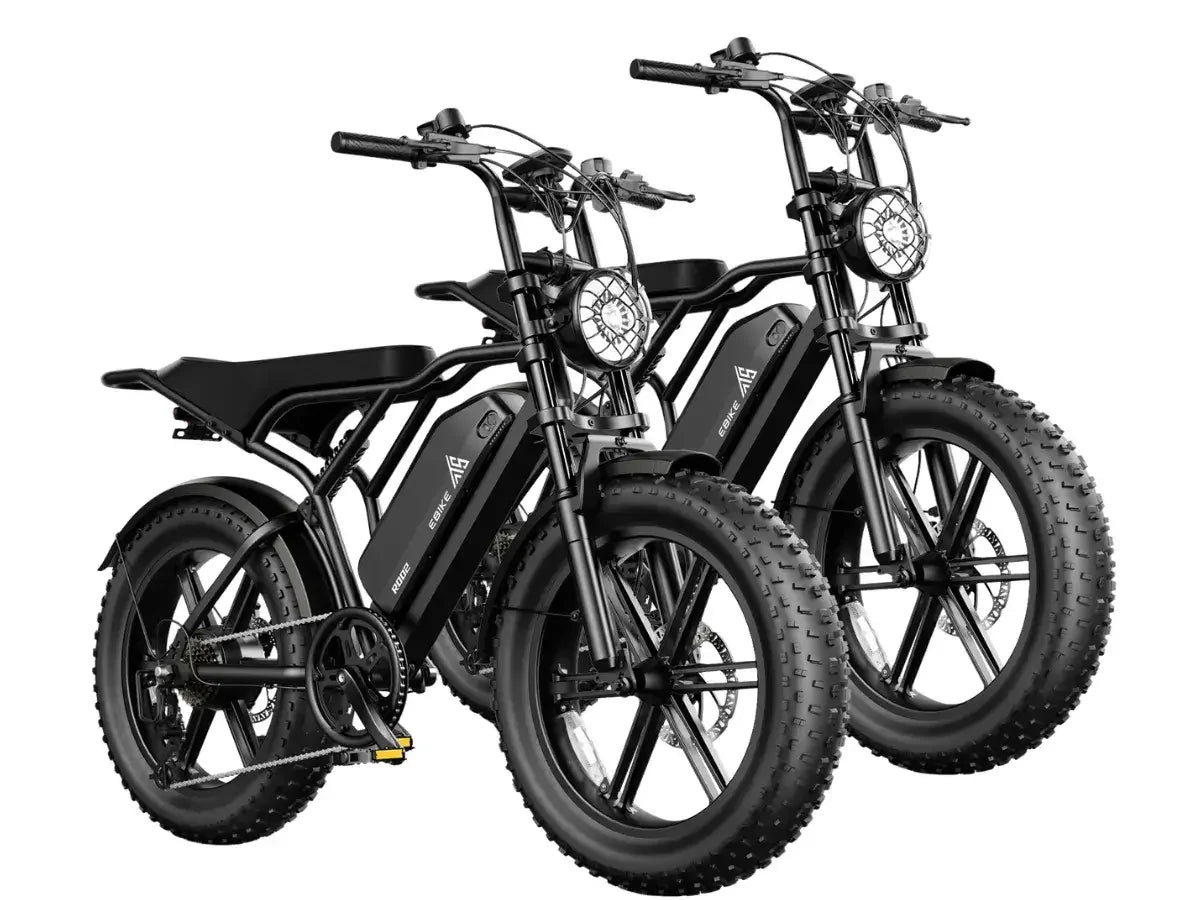
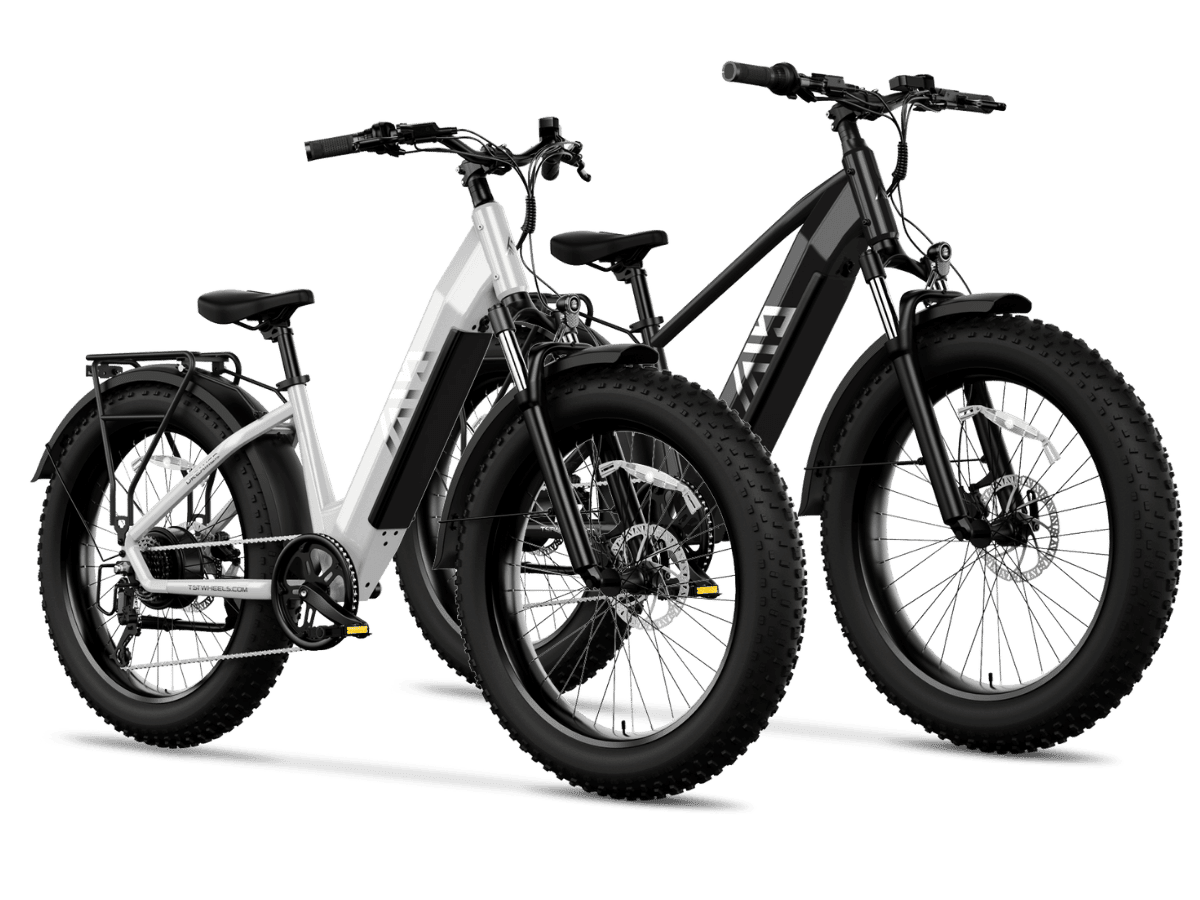
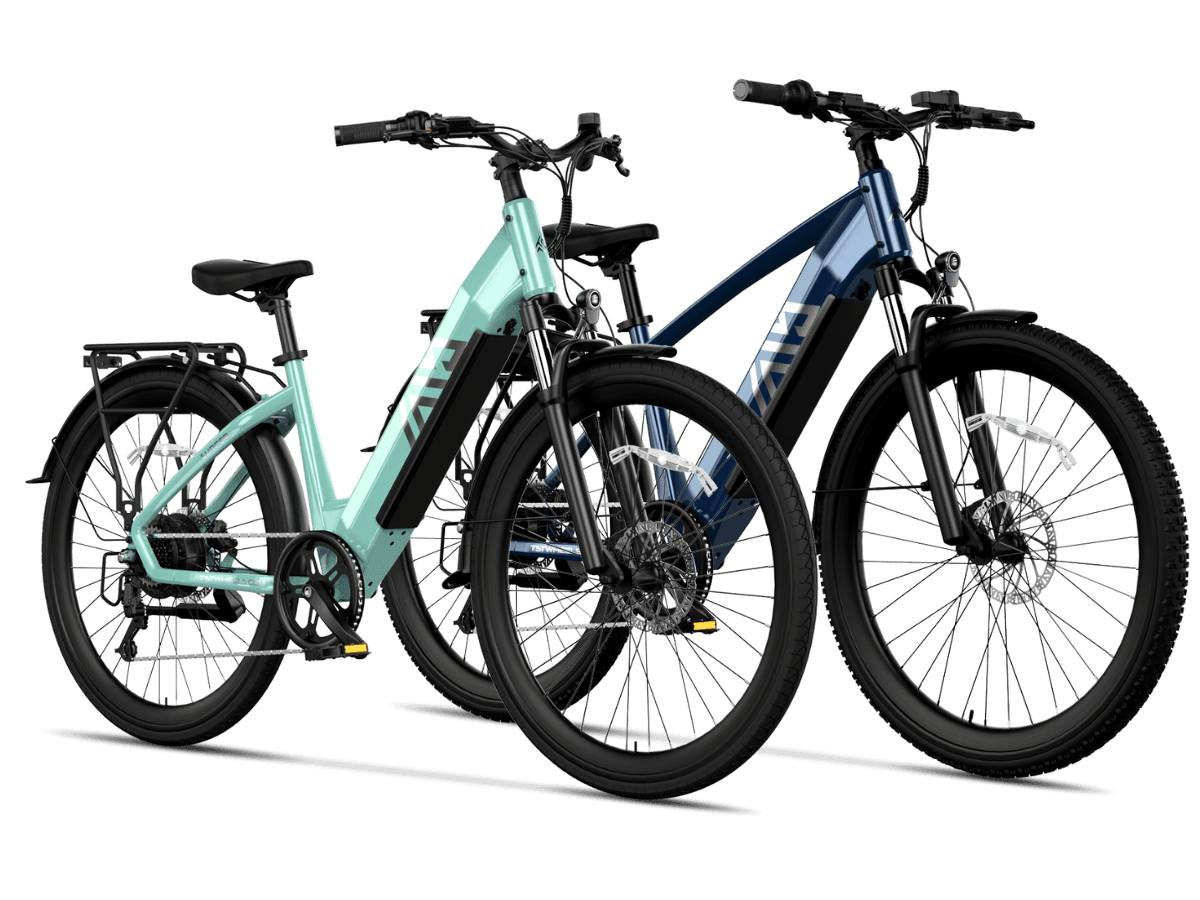
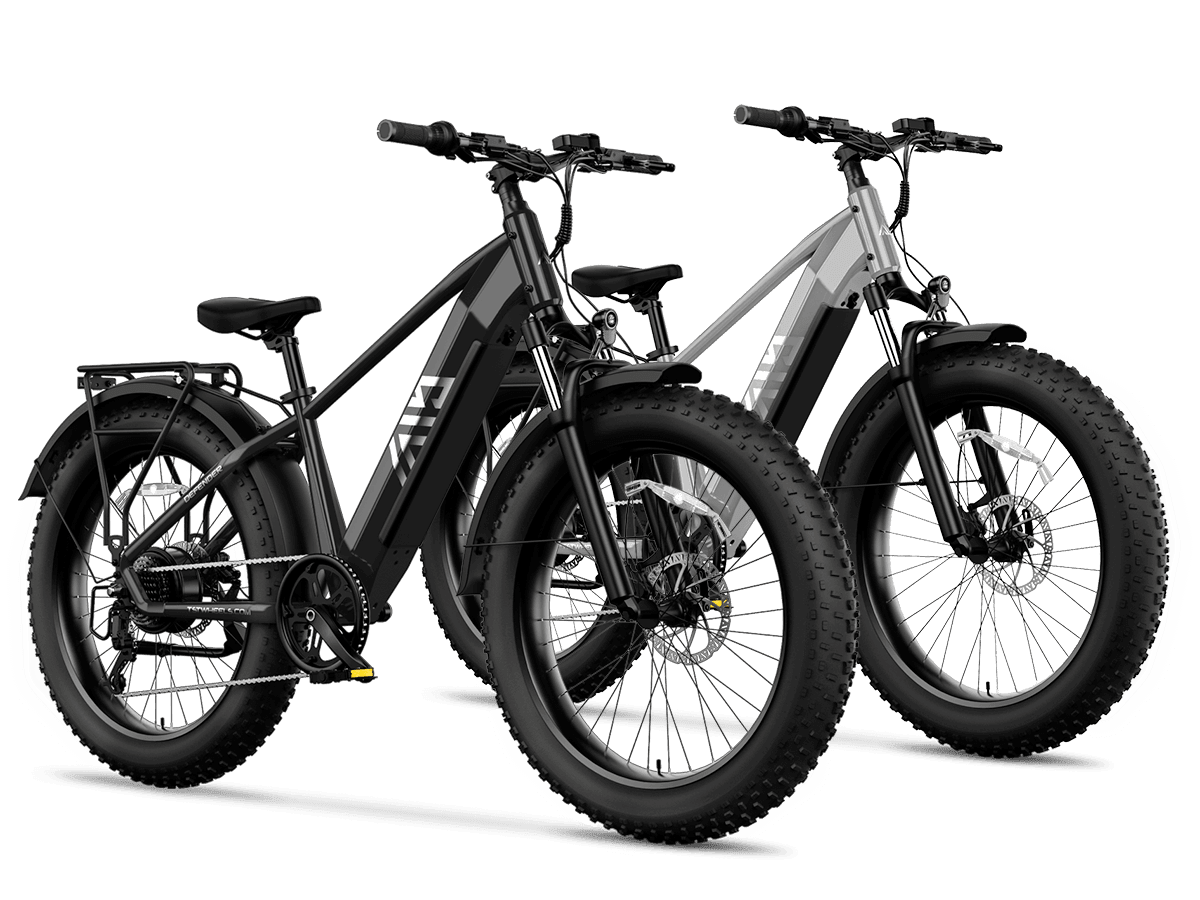
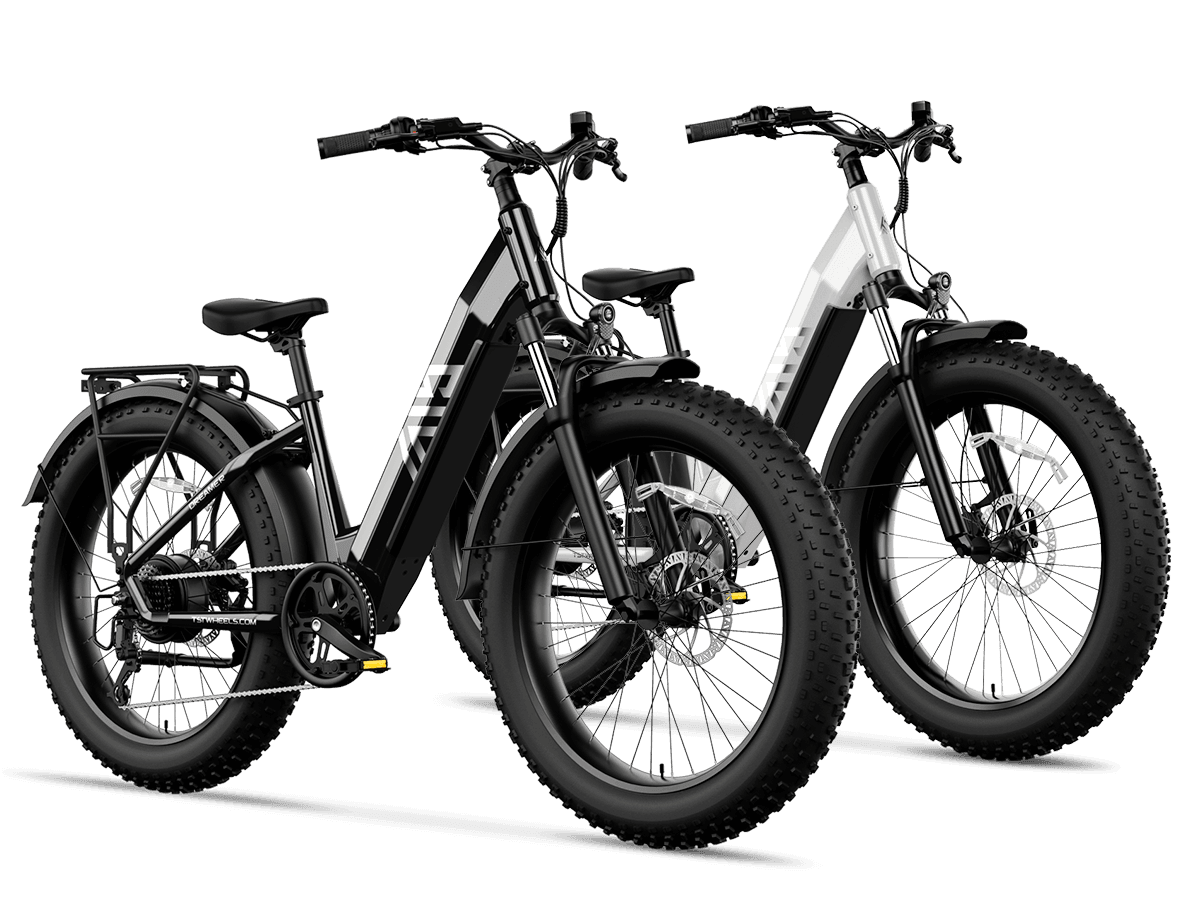
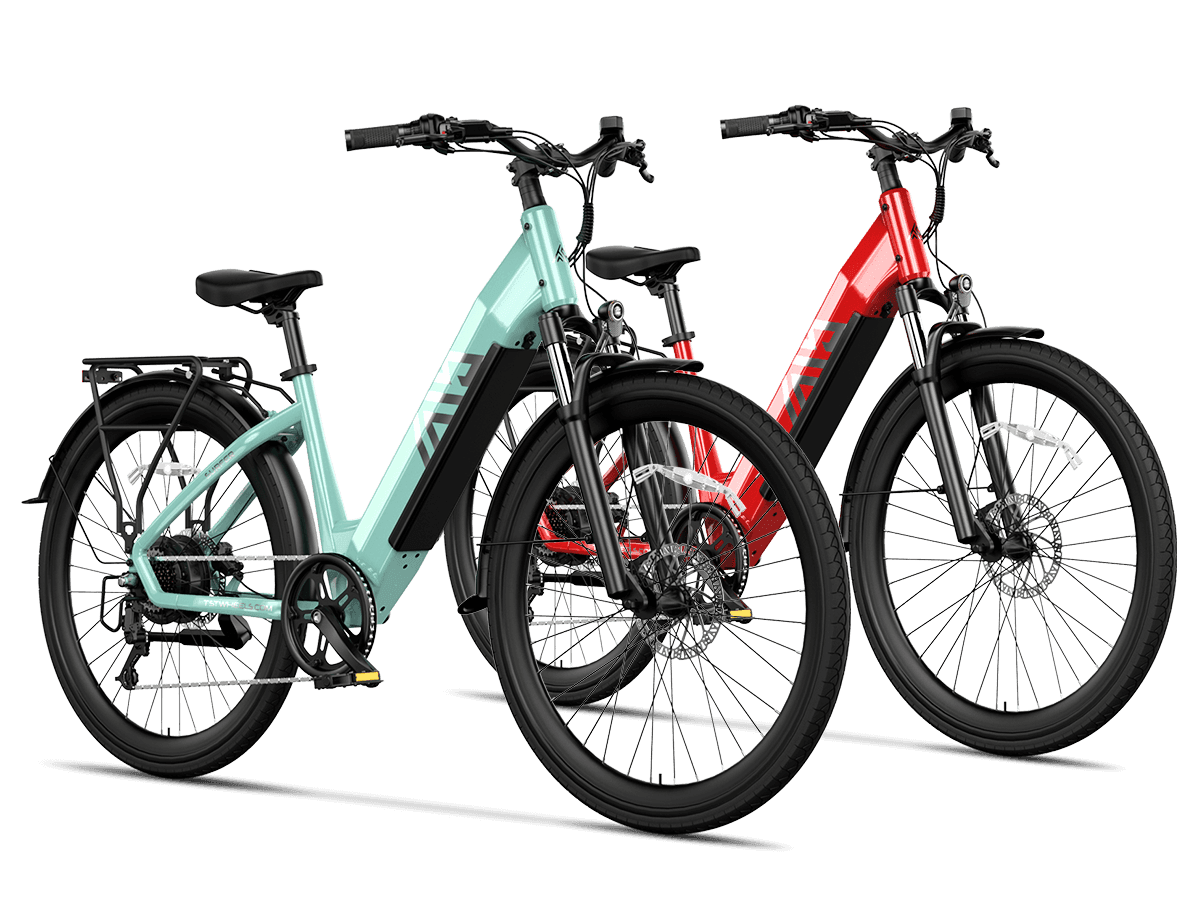
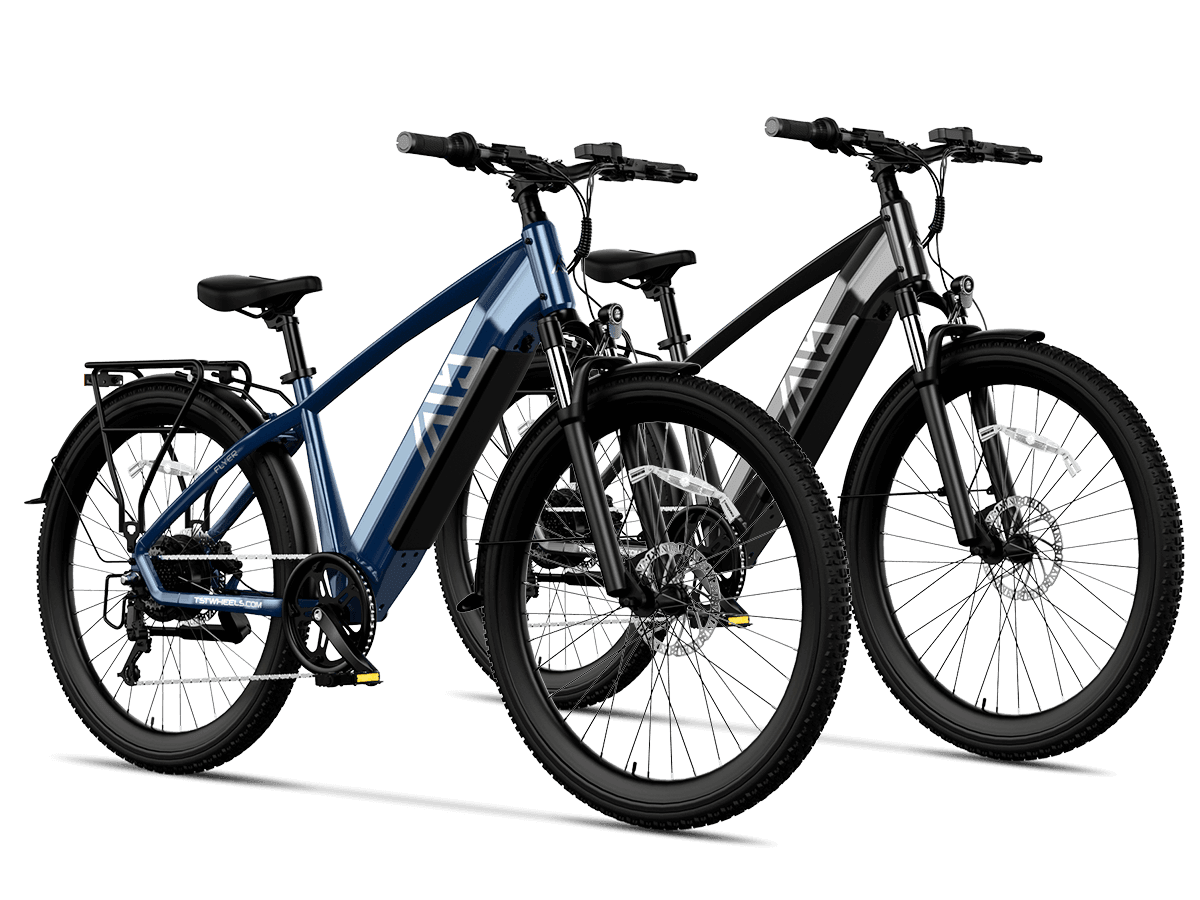
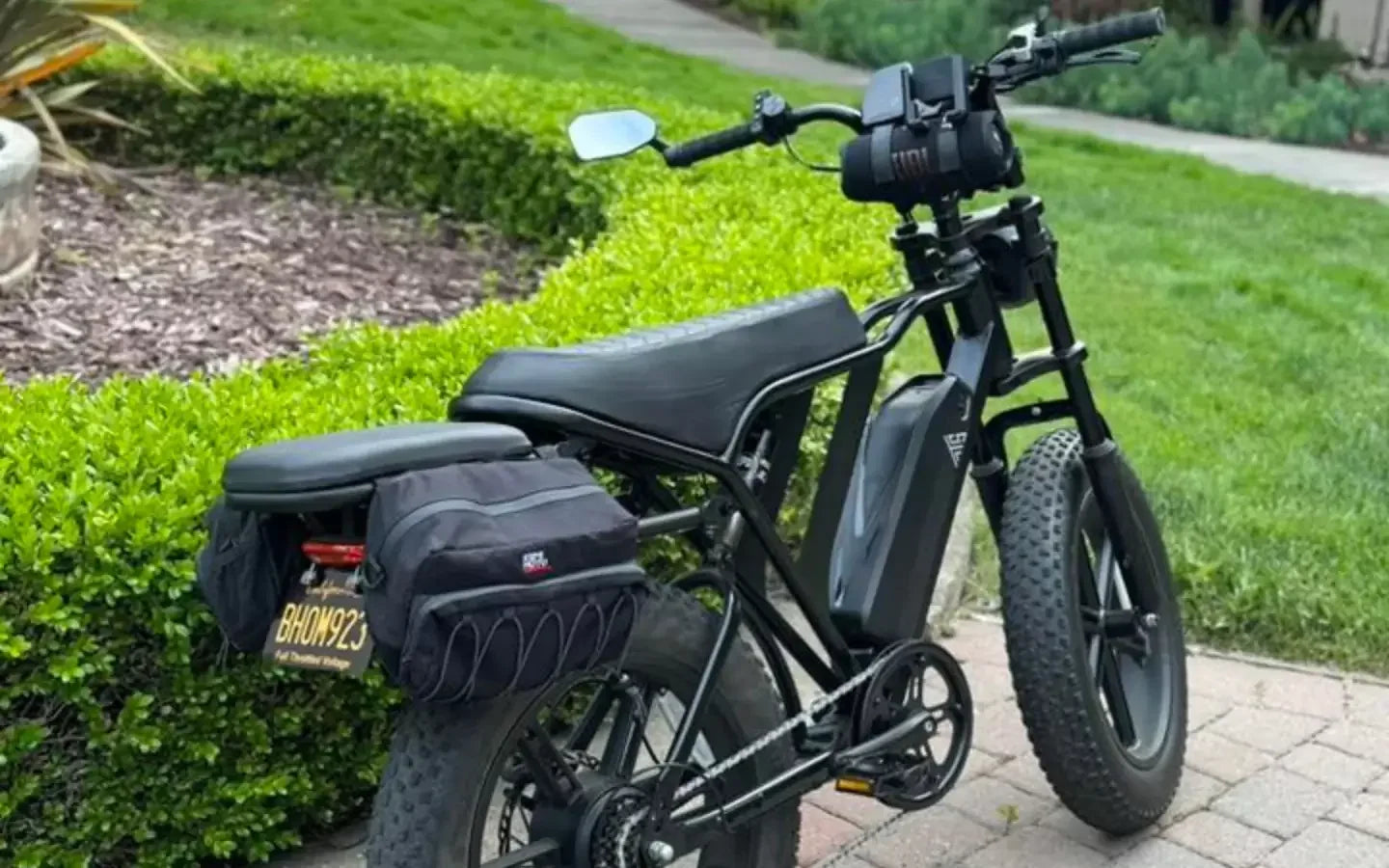

Leave a comment
All comments are moderated before being published.
This site is protected by hCaptcha and the hCaptcha Privacy Policy and Terms of Service apply.